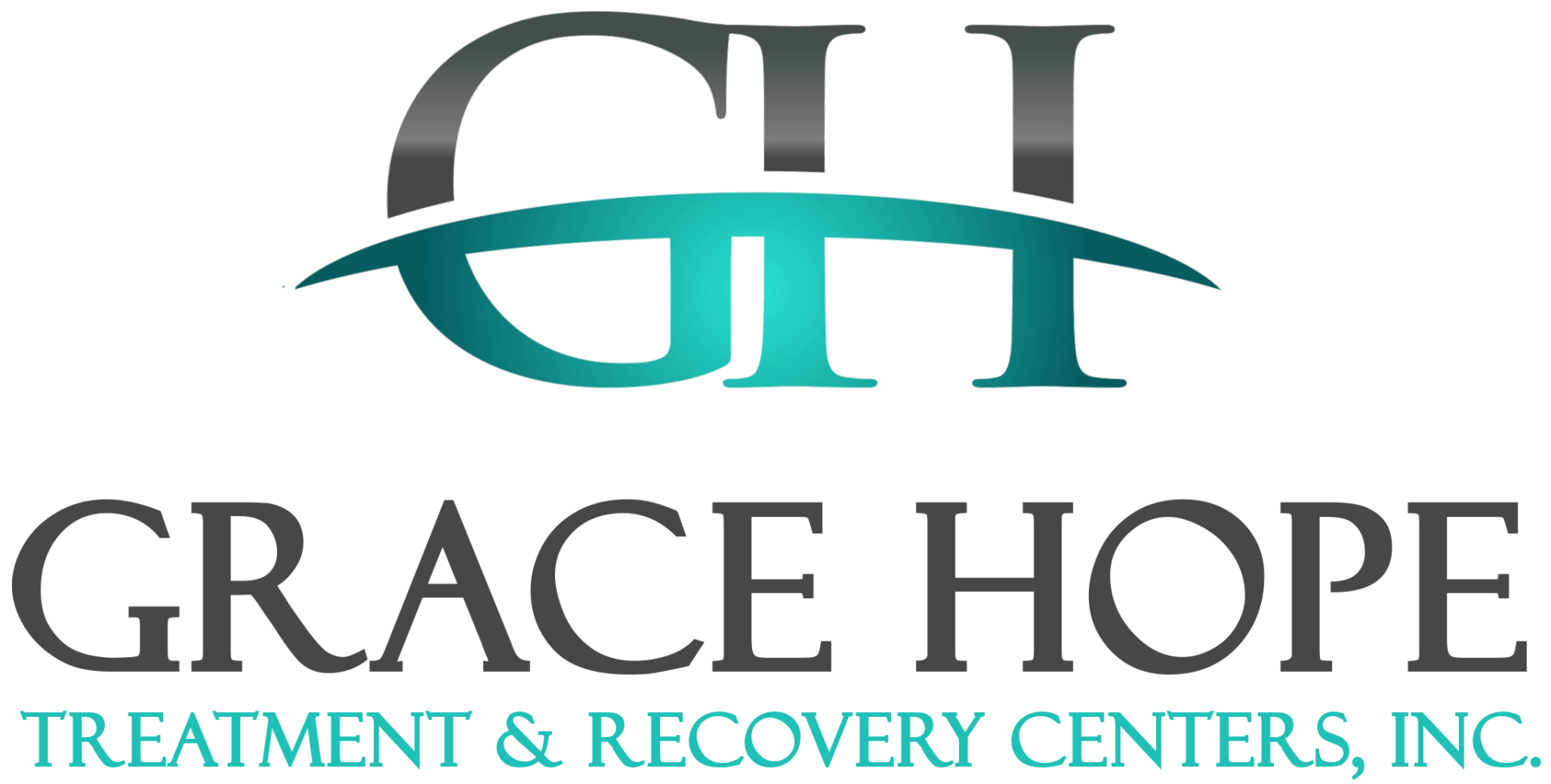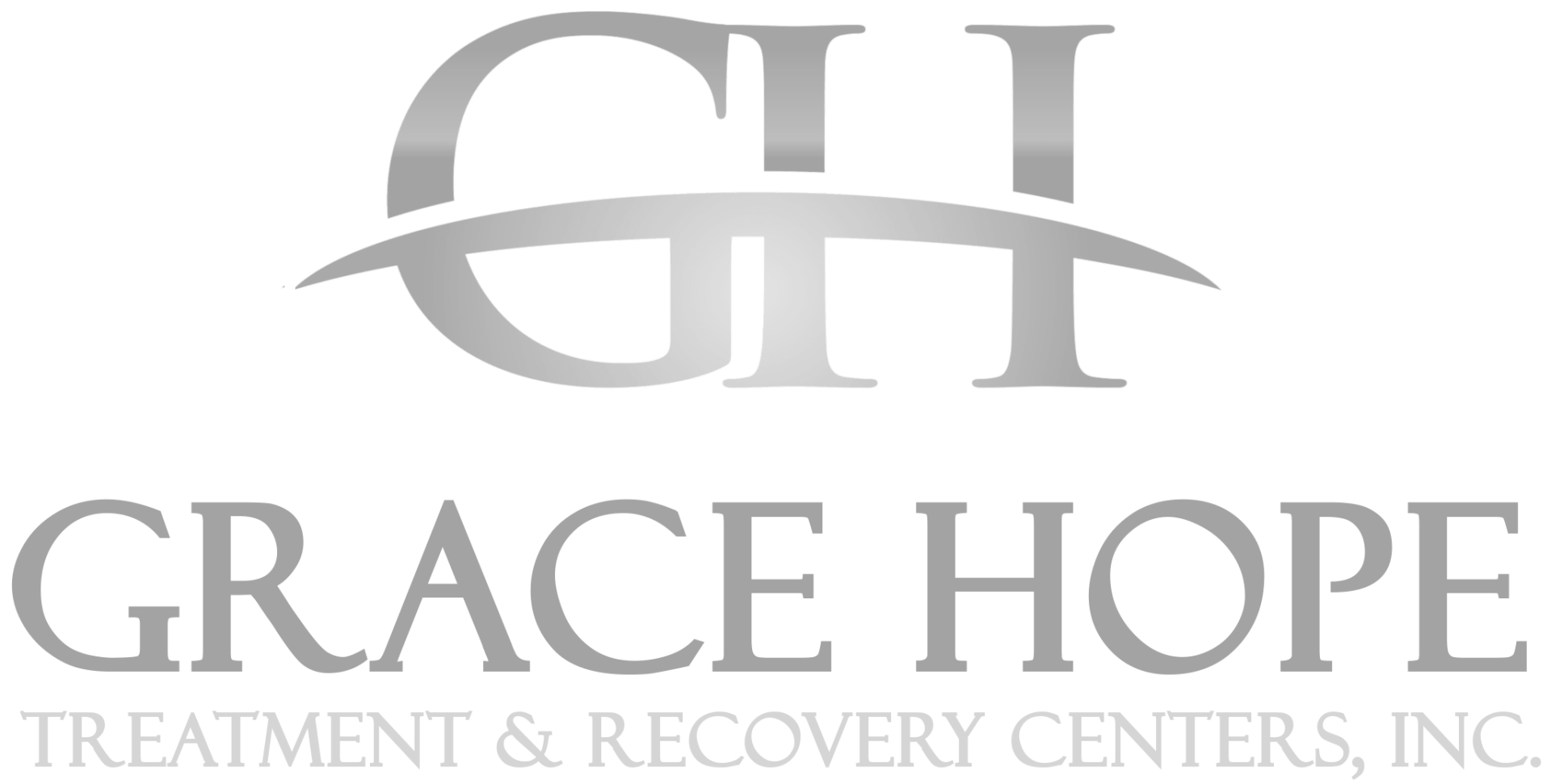How Does Substance Abuse Affect the Brain?
Taking a Look at Our Brain and How it's Affected From Substance Abuse
Substance abuse doesn’t just impact an individual’s physical health or relationships; it profoundly affects the brain, often in ways that are difficult to reverse. Research has shown that while some of the affects on the brain can be healed, it can take two to five years for the healing process. Understanding how substances interact with brain chemistry has provided valuable insights into the nature of addiction and the importance of treatment and recovery.
________________________________________
The Brain’s Reward System: The Root of Addiction
The human brain is wired to seek pleasure and avoid pain, a survival mechanism that reinforces behaviors essential for life, such as eating or bonding. Substances of abuse, like alcohol, opioids, cocaine, and others, hijack this natural reward system by flooding the brain with dopamine, a chemical that creates feelings of pleasure and euphoria, otherwise known as our reward system.
Under normal circumstances, dopamine release is carefully regulated. However, drugs cause a massive surge in dopamine, far beyond what natural rewards can produce. This overwhelms the brain’s reward circuit, creating an intense desire to repeat the experience. Over time, the brain adjusts to this unnatural dopamine flood, reducing its ability to produce dopamine naturally. This leads to diminished feelings of pleasure from both the substance and everyday activities, a condition known as anhedonia. It should be noted that this can occur whether a person is taking illicit drugs or is prescribed a medication that causes one to become dependent which is why it is recommended to speak with your physician about your medications and discuss your best options.
________________________________________
Structural and Functional Changes in the Brain that occur over time
Substance abuse can cause significant structural and functional changes in various parts of the brain. Here’s a closer look:
1. Prefrontal Cortex (Decision-Making and Self-Control):
- The prefrontal cortex, responsible for decision-making, impulse control, and regulating behavior, becomes less effective over time.
- This dysfunction makes it harder for individuals to resist cravings and prioritize long-term goals over immediate gratification.
2. Amygdala (Stress and Emotional Regulation):
- Substances can overactivate the amygdala, the brain’s center for processing stress and emotions.
- This increases feelings of anxiety and emotional instability, often driving further substance use as a form of self-medication.
3. Hippocampus (Memory and Learning):
- The hippocampus, which governs learning and memory, can be damaged, leading to difficulties forming new memories or recalling past ones.
- This impairs an individual’s ability to associate drug use with negative consequences, perpetuating the cycle of addiction.
________________________________________
Long-Term Impact: Tolerance, Dependence, and Withdrawal
As substance use continues, the brain adapts by developing tolerance. This means that over time, larger amounts of the substance are required to achieve the same effect. Alongside tolerance comes dependence, where the brain and body rely on the substance to function normally. When the substance is removed, withdrawal symptoms—including anxiety, irritability, physical discomfort, and intense cravings—emerge as the brain struggles to regain balance. ________________________________________
Can the Brain Heal? The Hope of Neuroplasticity
The good news is that the brain is remarkably resilient and capable of healing through a process called neuroplasticity. With sustained abstinence, proper treatment, and healthy lifestyle changes, the brain can repair damaged pathways and create new ones. Some strategies that support brain recovery include:
- Therapy and Counseling: Cognitive-behavioral therapy (CBT) and other evidence-based approaches help individuals rewire thought patterns and behaviors.
- Medication-Assisted Treatment (MAT): Medications like buprenorphine, methadone, or naltrexone can stabilize brain chemistry and reduce cravings.
- Nutrition and Exercise: Proper nutrition and regular exercise promote brain health by supporting the production of new neurons and enhancing mood-regulating neurotransmitters.
- Mindfulness Practices: Meditation and mindfulness can help regulate stress and improve emotional stability, supporting recovery.
________________________________________
Conclusion: The Path to Healing
Substance abuse affects the brain in profound ways, disrupting its natural balance and altering essential functions like decision-making, memory, and emotional regulation. While these changes can make recovery challenging, understanding the science behind addiction underscores the importance of seeking help and committing to treatment. With the right support, the brain’s remarkable capacity for healing offers hope for a brighter future, free from the grip of addiction. Here at Grace Hope Treatment & Recovery Centers, Inc., we are committed to provide you or your loved one with evidence based treatment in an effort to support your recovery needs and guide you towards your healing journey.
You might also like






